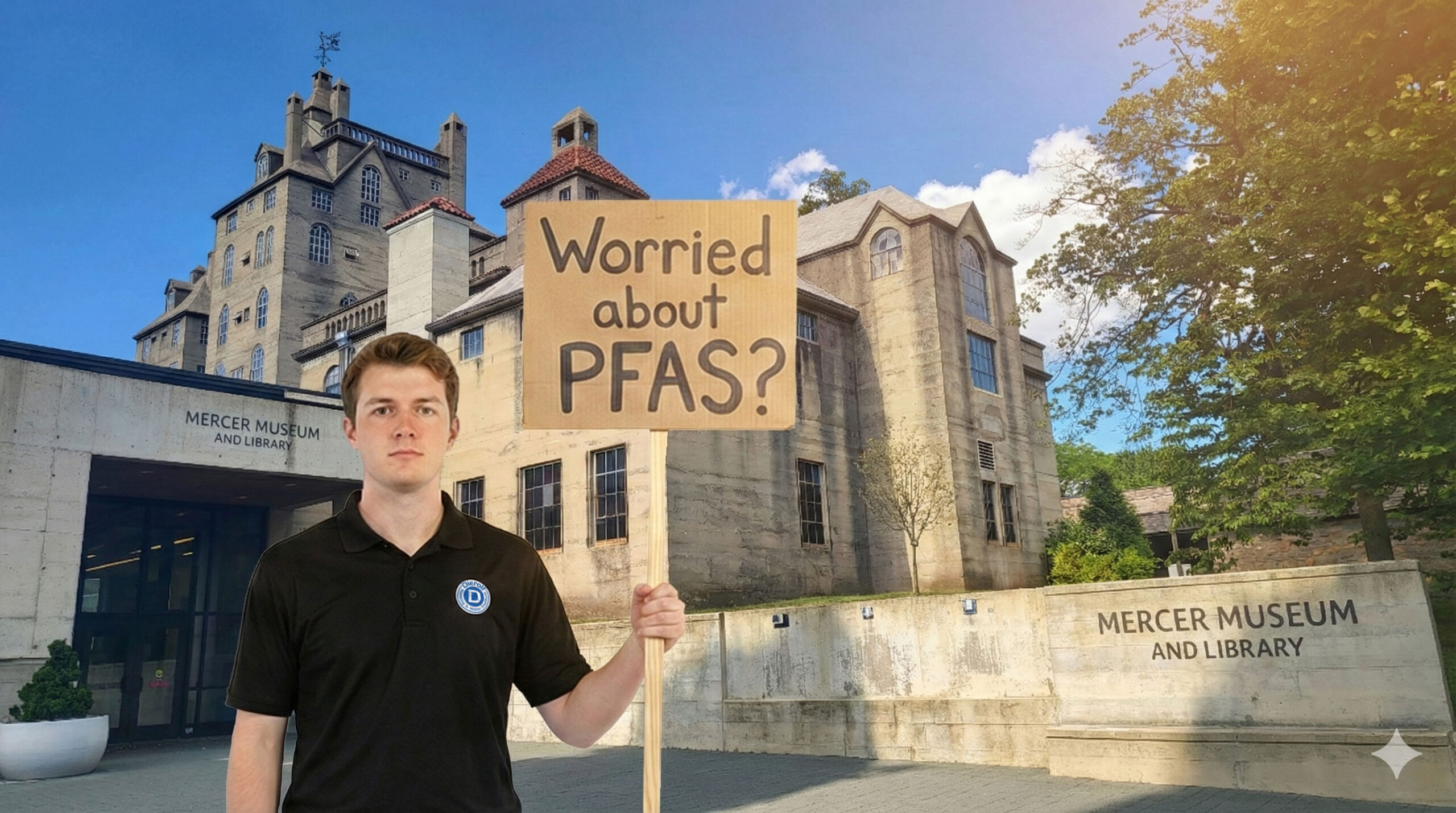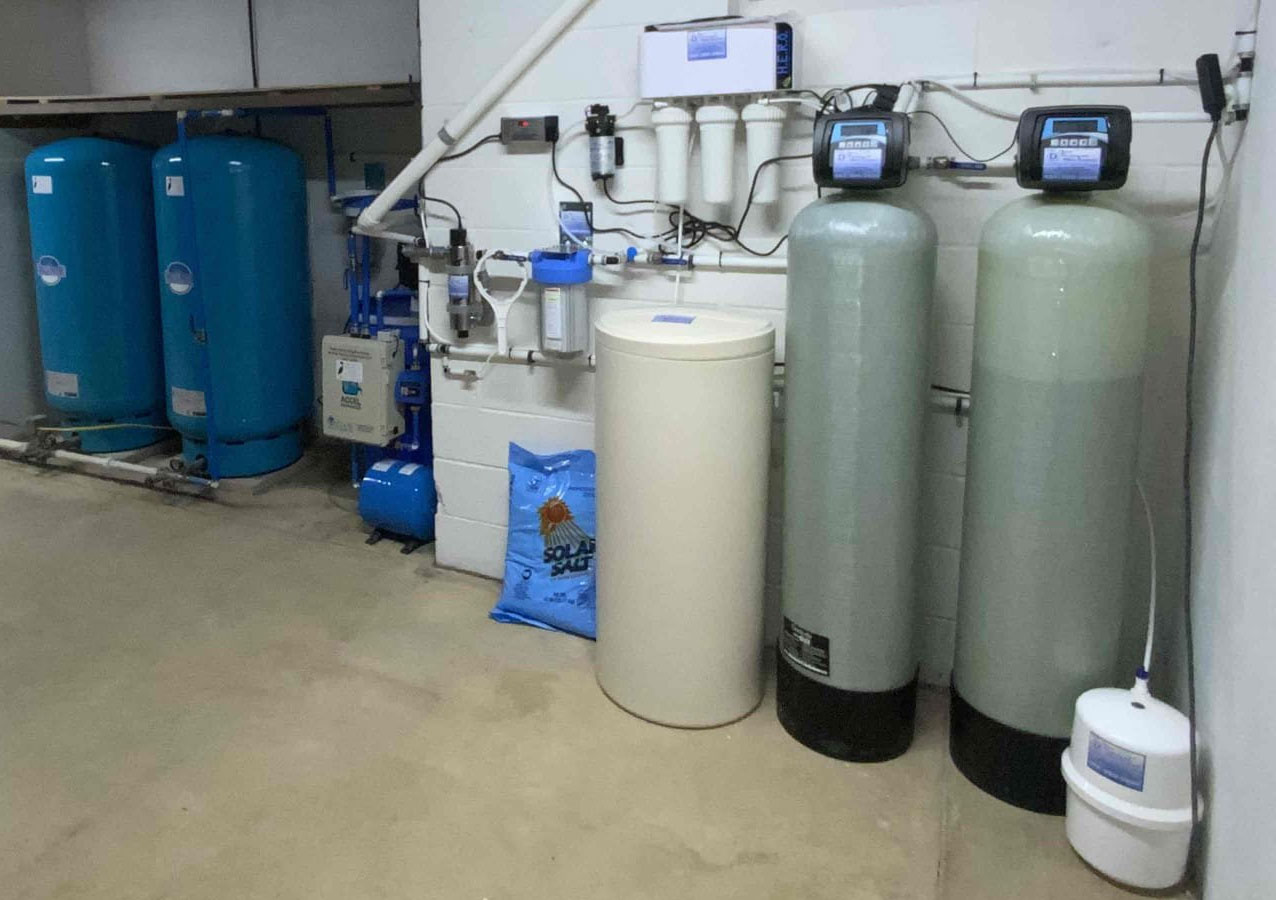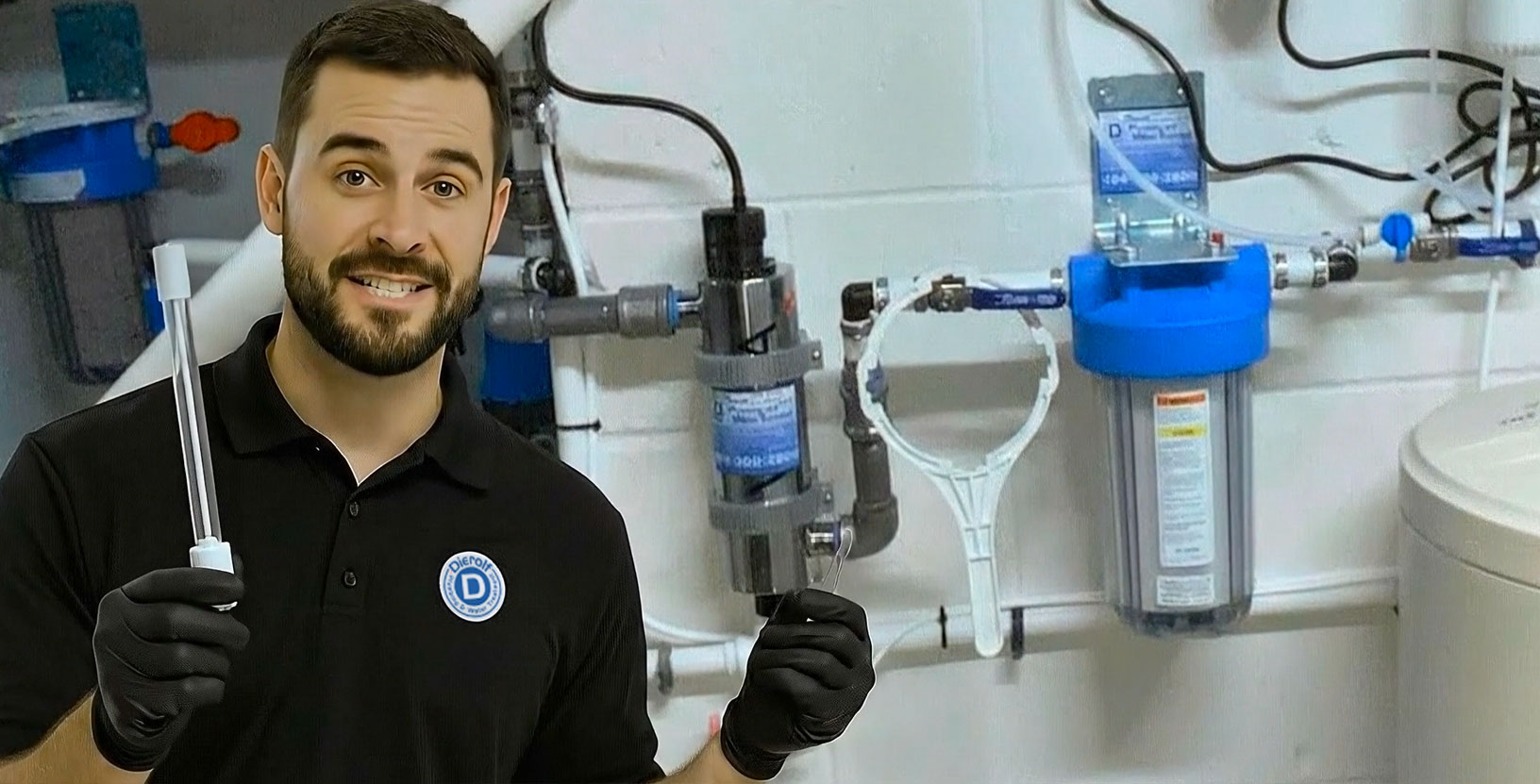Discover how improper drainage from your water softener or filtration system can cause basement odors, violate plumbing code, and pose hidden health risks—and how to fix it right the first time.
- 1) The Basement Smells Weird — and It’s Not Just Musty
- 2) Water Softeners and Filtration Systems: Where Does That Water Go?
- 3) Why You Should Never Drain a Softener to a Sump Pump
- 4) The Hidden Health Risks of Bad Drainage Design
- 5) What the Plumbing Code Says (and Most DIYers Miss)
- 6) The Internet Is Full of Noise — Here’s What Actually Works
- 7) Real-Life Fixes We’ve Done in Homes Just Like Yours
- 8) How to Know If Your Drain Setup Is the Problem
- 9) Get the Smell Out — and Fix It Right the First Time
1. The Basement Smells Weird — and It’s Not Just Musty
Walk into your basement and catch a whiff of something off — it’s not just damp air. That rotten egg, sewage-like, or musty odor could be coming from a plumbing setup that’s quietly violating code and compromising your air.
In this post, we’re tackling a hidden issue we fix every month:
Sump Pumps, Softener Drains, and Sewage Smells: The Truth About Your Home’s Drainage Connections.
2. Water Softeners and Filtration Systems: Where Does That Water Go?
Water softeners, neutralizers, and filters regularly discharge wastewater — and that water has to go somewhere. But when it’s routed into the wrong drain (like a sump pit or floor drain), you get odors, bacteria, and long-term plumbing problems.
3. Why You Should Never Drain a Softener to a Sump Pump
Your sump pump is designed for clean groundwater, not salty or chemically altered wastewater.
Discharging into a sump can:
- Damage the pump
- Create bad smells and bacterial growth
- Send brine into your yard or stormwater system
- Violate plumbing codes
We reroute these systems all the time during residential plumbing service calls.
4. The Hidden Health Risks of Bad Drainage Design
Beyond the odors, improper drain setups can introduce:
- Sewer gas into your home
- Backflow contamination into your treatment system
- Gurgling drains, overflow, or even basement flooding
These problems don’t just smell bad — they put your water quality and home at risk.
5. What the Plumbing Code Says (and Most DIYers Miss)
The International Plumbing Code (IPC) requires an air gap between any drain line and the sewer system to prevent siphoning and contamination.
We explain how air gaps work in this article on protecting your water treatment system »
6. The Internet Is Full of Noise — Here’s What Actually Works
Think you’ll find a clear answer on a forum? Think again.
Check out this Reddit thread where dozens of people are trying to solve a common basement odor issue. You’ll see:
- Conflicting advice
- Guesswork and trial-and-error
- Suggestions that violate code
- No consensus on the actual problem
That’s why having a licensed expert matters. We don’t guess — we diagnose.
7. Real-Life Fixes We’ve Done in Homes Just Like Yours
We’ve seen it all:
- 🧂 Softener brine lines draining into sump pits
- 💨 Reverse osmosis systems backing up with foul odors
- 💧 Laundry sink overflows from unvented filters
- 🤢 Persistent biofilm buildup in filters caused by bad routing
With every fix, we ensure the drain is safe, clean, and up to code — and smells are gone for good.
8. How to Know If Your Drain Setup Is the Problem
Ask yourself:
- Does your system drain into a sump, sink, or floor drain?
- Do you smell sulfur or sewage during regeneration cycles?
- Was your system installed by a handyman or DIY kit?
- Do you notice drain gurgling, water backing up, or frequent smells?
If so, it’s time to bring in a professional to review your plumbing and optimize the system — not just patch it.
9. Get the Smell Out — and Fix It Right the First Time
At Dierolf Plumbing and Water Treatment, we’re more than installers. We’re licensed master plumbers who design systems that are safe, reliable, and built to last.
- ✔️ We inspect every drain and discharge point
- ✔️ We install code-compliant air gaps
- ✔️ We eliminate odor, risk, and confusion
- ✔️ We get it right — the first time
👉 Schedule Your Drain & Discharge Evaluation Today »
Frequently Asked Questions
Can I drain my water softener to my sump pump?
No, draining water softener brine to a sump pump violates plumbing codes, damages equipment, and creates environmental violations. Water softeners should drain to the sanitary sewer system with proper air gap protection.
Why does my basement smell like sewage near my water softener?
Basement odors near water softeners typically result from improper drainage connections that allow sewer gas infiltration, bacterial growth in stagnant brine water, or missing air gaps that prevent contamination.
What plumbing codes apply to water softener drainage?
The International Plumbing Code requires air gaps between drain lines and sewer systems to prevent siphoning and contamination. Water softener discharge must connect to sanitary sewers, not sump pumps or storm drains.



